Alan Titchmarsh: The best coastal flowers, and the relief of finding that old age and a treacled memory haven't claimed me yet
Our columnist Alan Titchmarsh on the beauty of the coastal flowers that dot our shoreline — and never more spectacularly than on the cliffs of Cornwall.

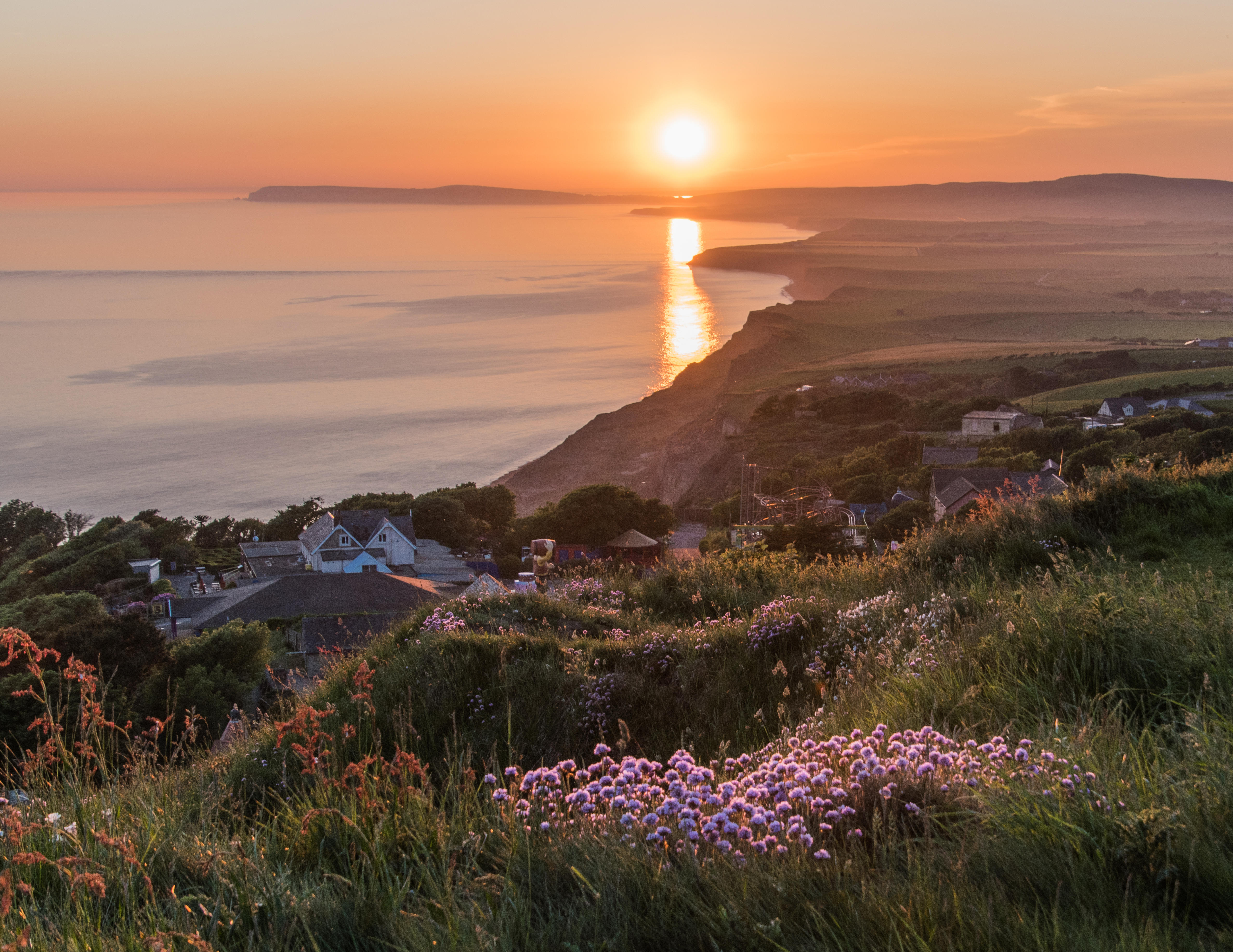
Walking the Cornish coast, as I do every other year in late May on a pilgrimage to the astonishing Minack Theatre at Porthcurno, is an unparalleled way of reminding myself of the glories and agonies of coastal gardening, as well as drinking my fill of those bright native flowers that adorn the Cornish cliffs.
I doubt there’s a better time to walk from Sennen to Porthcurno, passing swiftly through the tourist trap at Land’s End (I can do that in three minutes). The experience is rather like walking in Venice: St Marks’s Square and the Rialto Bridge will be thronged, but take just a few steps down a side alley and the madding crowd is left behind and you’re in Venice proper, all crumbling plasterwork, elaborate door knockers and curiously inviting courtyards.
So it is in West Penwith — the upper toe of Cornwall, rather than the lower toe of the Lizard Peninsula. The rawness of the very edge of Britain, tumbling into the Atlantic, is but a short step from shops selling ‘First and Last’ souvenirs and a playground pirate ship swarming with tiny tots.
As the manmade additions to Land’s End fade from view, the delights of the coastal landscape take over. Few of our native flowers are deemed worthy of a place in the garden, save in a wildflower meadow, but the juxtaposition of foxglove spires and nodding cranesbills looks as much at home in cultivation as in the wild.
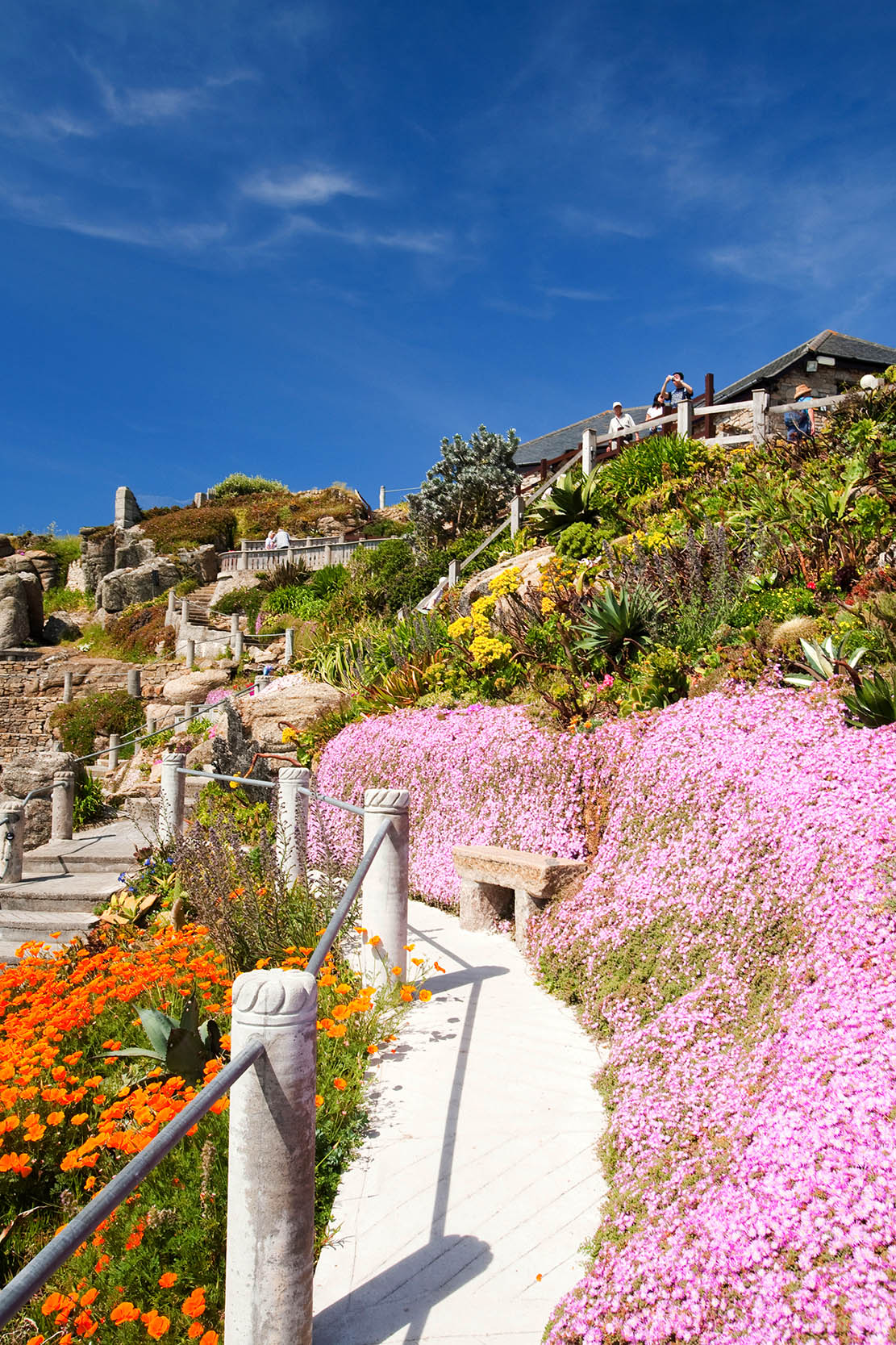
In May, the rugged granite outcrops above Porthgwarra and Penberth, Nanjizal and Whitsand Bay are drizzled with bright sea pinks — thrift — and yellow bird’s foot trefoil. Clouds of gorse are laden with the ruddy candyfloss of parasitic dodder, causing many a child — and grown-up — to ask ‘What’s that?’
I remember it well from school biology lessons and, after a few minutes of tramping and wracking my brains, the Latin name (if you don’t use them, they slip from consciousness) finally returned to me: Cuscuta epithymum. Gosh, it’s a relief when they can be recalled, a sign that old age and a treacled memory is being warded off.
The Cornish sea on a fine summer’s day is pure turquoise and there are dolphins to be spotted — look for a roll of surf some way out and you may well discover that you’re not gazing upon waves, but on the arching forms of a pod of these spirit-lifting mammals. Some days, you’ll see them, some you won’t, but the anticipation is ever-present.
Exquisite houses, the beauty of Nature, and how to get the most from your life, straight to your inbox.
Flowers are more reliable and I returned to our coastal garden on the Isle of Wight a week later, enthused to add more sea pinks (Armeria maritima), available to the gardener in a wide range of intensity of colour as well as white. It’s the really rich cerise variety that has most impact in the garden on a sunny day and it’s one of those reliable doers that, given a sunny spot in any half-decent well-drained soil, will expand year on year.
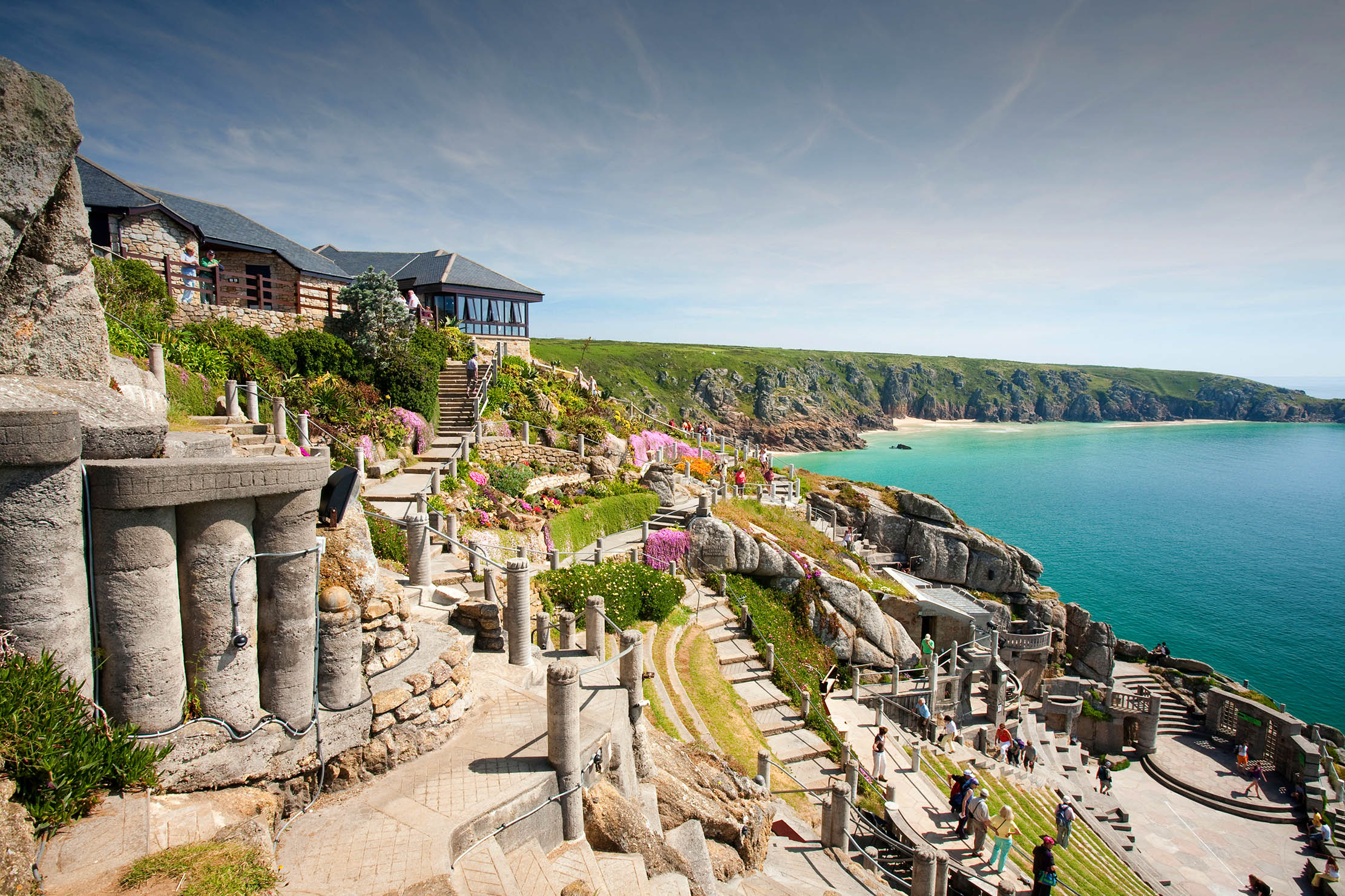
It makes a great edger on a gravel path and looks well in my garden alongside random clumps of feathery Stipa tenuissima, which I now leave alone rather than scissoring to the ground each year when they start to look tatty. They look much more natural when simply relieved of the straw-coloured leaves by pulling them away from the side of the clump.
My island garden is now something of a jungle, which was the intention all along, with bold foliage and a scattering of flowers erupting among the enormous boulders we imported and dug into the slope.
By far the most architectural plants are the towering fountains of Tetrapanax papyrifer, the Chinese rice-paper plant, most usually grown in the form Rex. The naked sky-rocketing stems are nothing to look at in winter when their leaves fall (it’s not evergreen in our climate), but, in summer, they make tall statements after the fashion of a paw-paw tree, with some leaves almost 2ft across.
Last summer, the plants produced flowers, but these were soon seen off by the frosts. The main stems remained and although, in less-sheltered localities, the plants need frost protection in winter, mine came through unscathed. Around each of them — after three years — an eruption of suckers has appeared. When the older plants do perish, these youngsters will take over, although I suspect they will have to be thinned out before then, so thickly are they emerging up to 10ft away from the parent plant.
I remember, years ago, holidaying on the coast in Sussex and passing a garden that was brimming with bright bedding plants. That night, a storm came, the salt-laden winds blowing on shore. The following morning, the garden was entirely blackened.
Oh yes, the pleasures of seaside gardening are sometimes tempered by harsh reality — but I do love taking the risk.
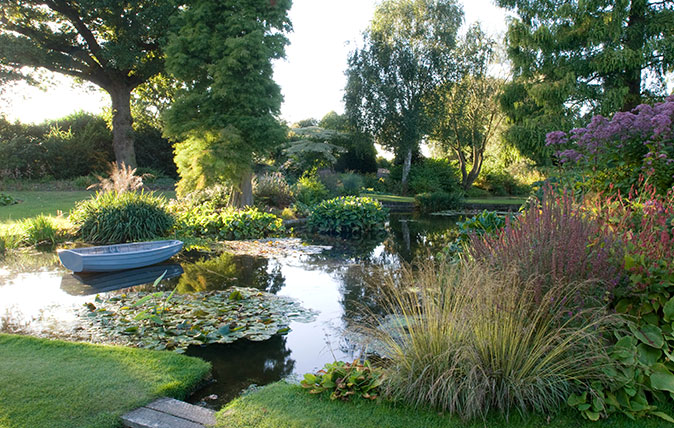
Alan Titchmarsh: How to keep a perfect pond
Alan Titchmarsh says that now is the time to clear out the weeds and keep your pond in top condition
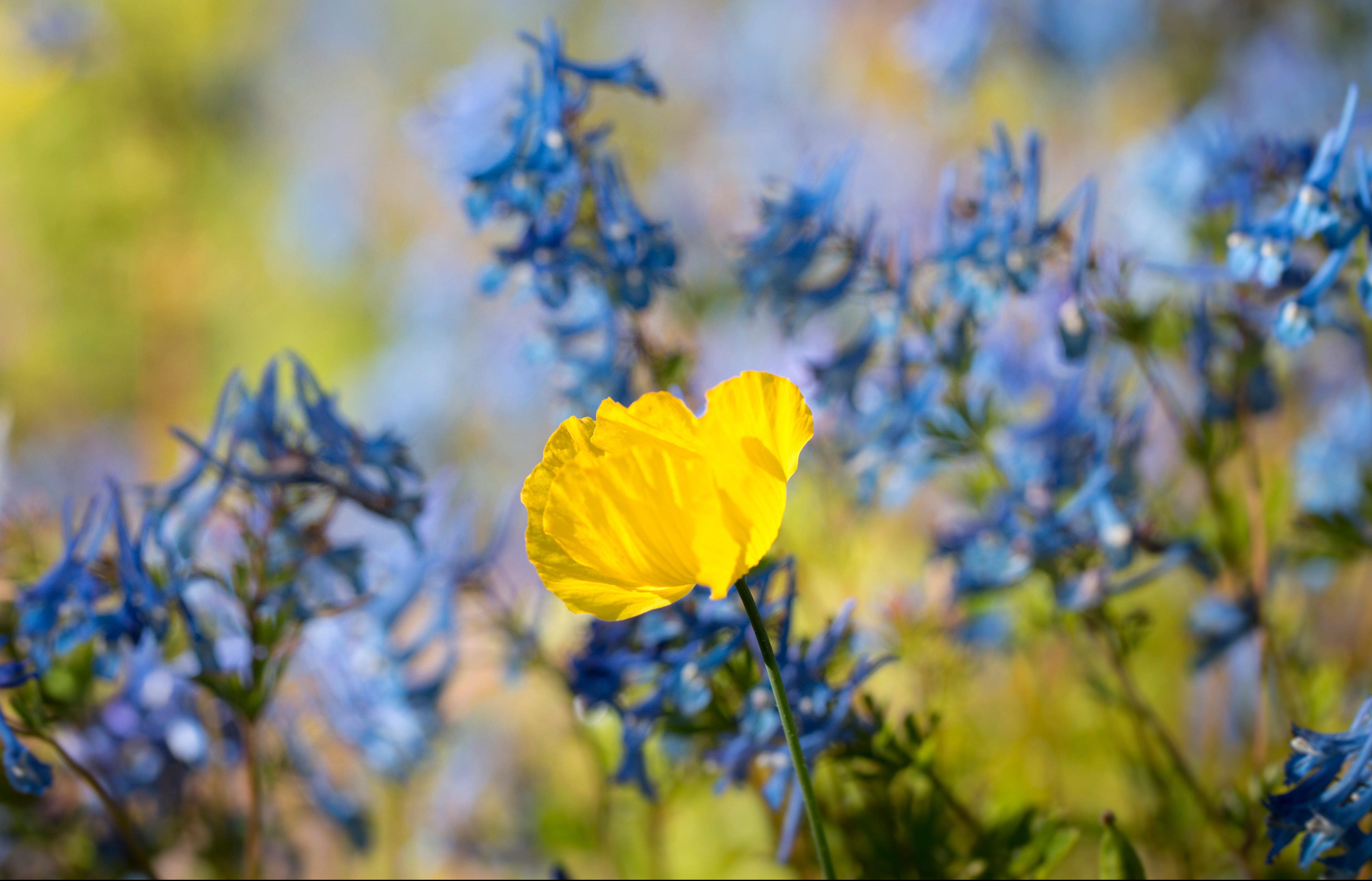
Alan Titchmarsh: The weeds I welcome with open arms
Our columnist Alan Titchmarsh used to spend hours ridding his garden of anything he hadn't planted himself. These days he
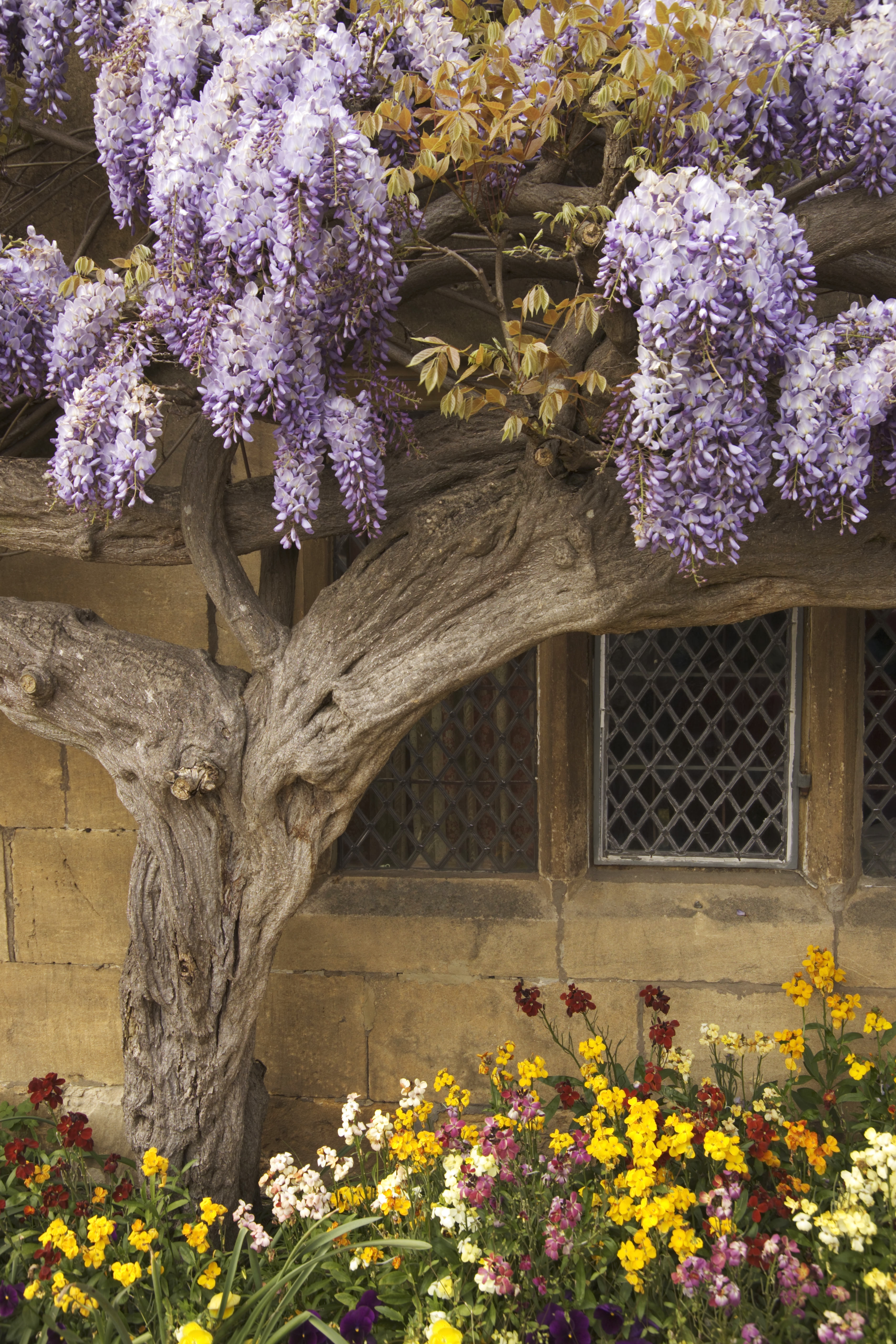
Credit: Getty
Alan Titchmarsh: A foolproof guide to growing wisteria
If you've been enviously eyeing the extraordinary wisteria on display across Britain this summer and wondering how you can grow
Alan Titchmarsh is a gardener, writer, novelist and broadcaster.
